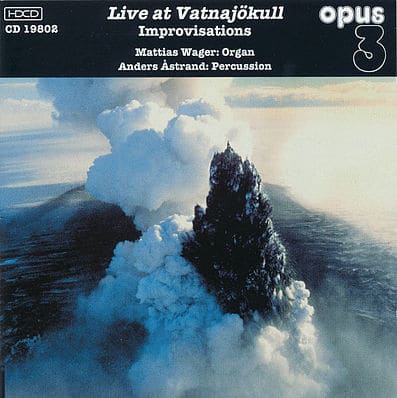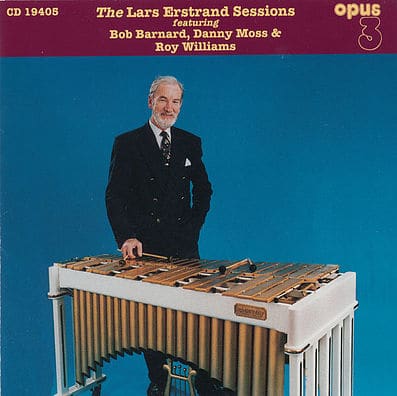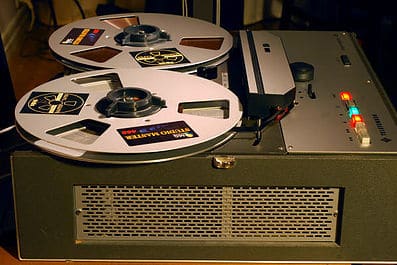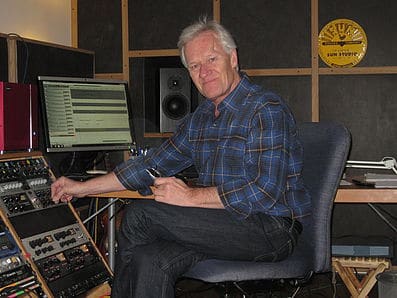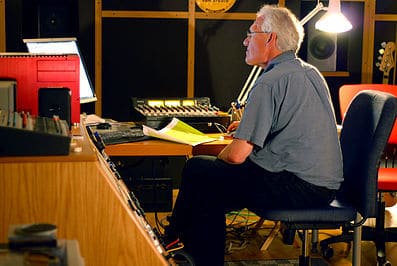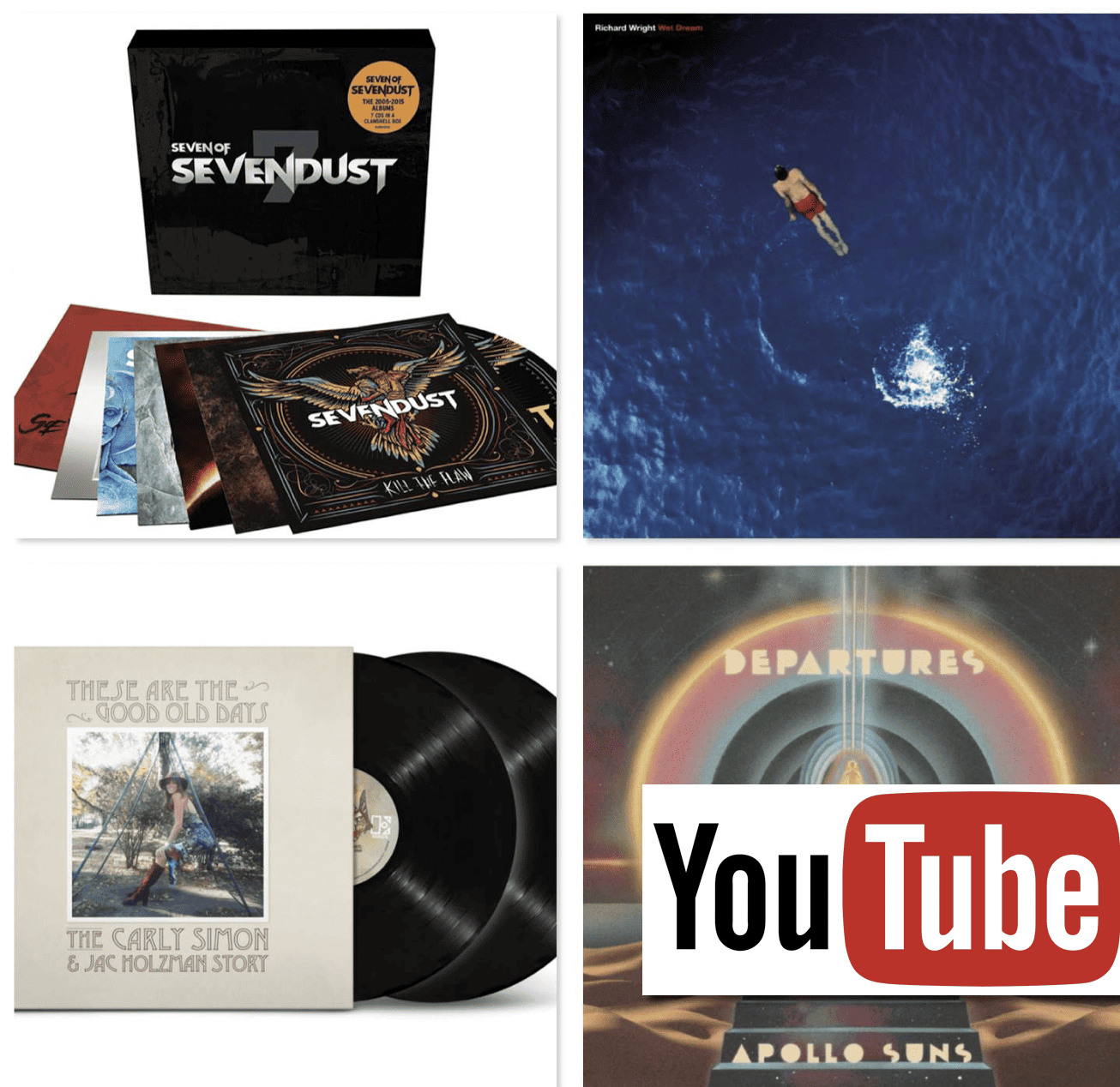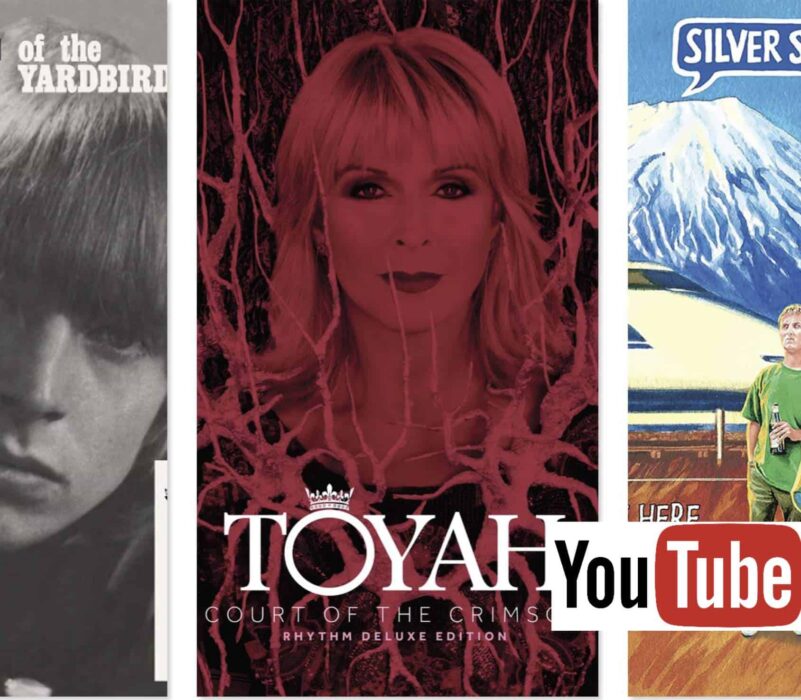The Article
Opus 3
23rd November 2015
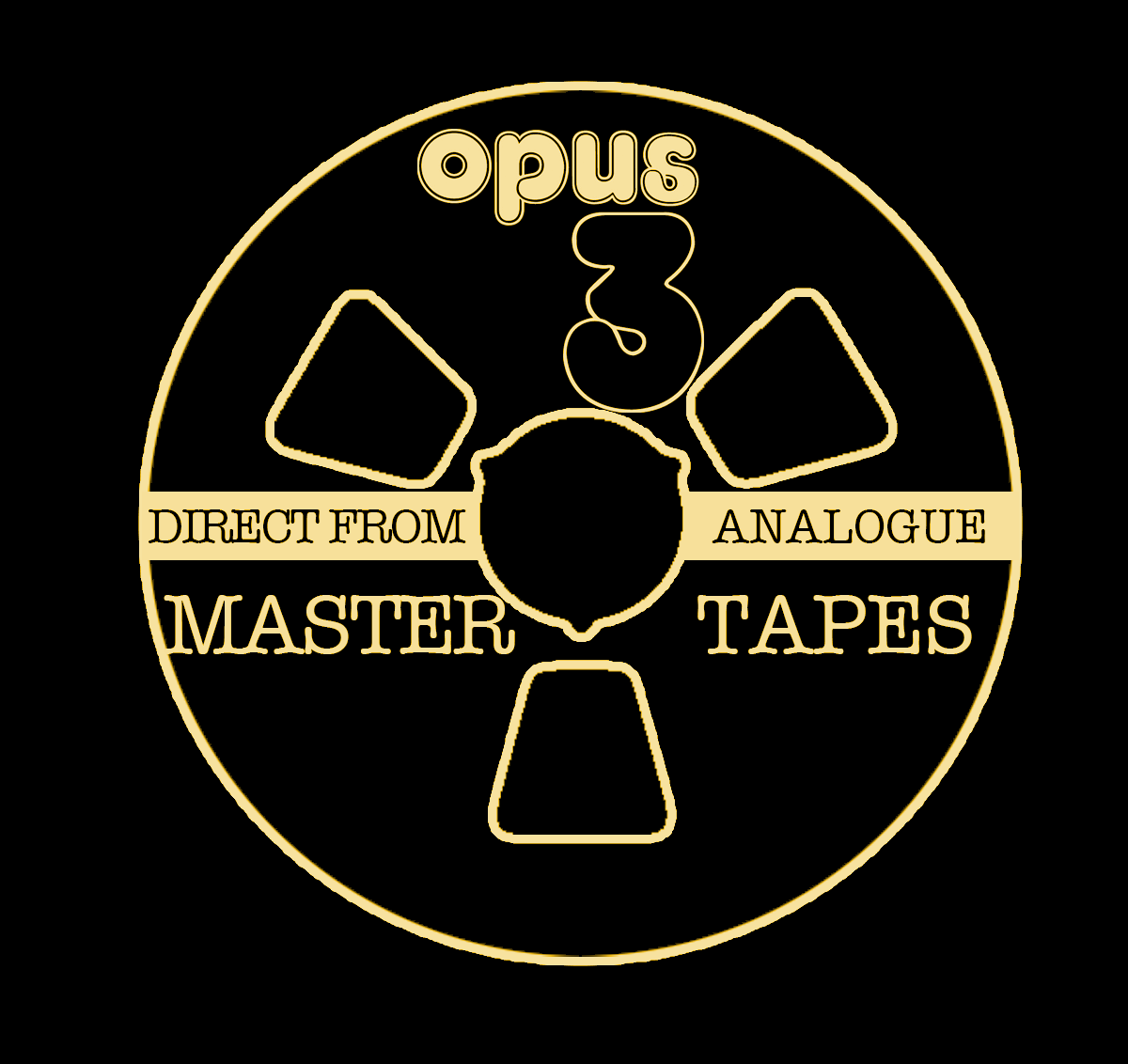
Vinyl has made a comeback, there’s rumours of the regrowth of the cassette culture and now reel-to-reel tape is on the march. Dave Denyer reviews “One” Open Reel Selection of Opus 3 Analogue Recordings, Volume 2
A key goal of any serious audiophile is to capture the experience of a live musical performance delivered in a room with optimum acoustics and reproduce it at home. Sadly, for most of us, that goal remains elusive. It’s widely agreed that even the best recording and playback processes and systems rarely, if ever, fully achieve it.
Well, this week I got a glimpse. Truth be told, I probably came the closest I’ve ever been. And I even managed to impress my girlfriend to boot. Something of an audio skeptic, her allegiance to the live gig means that her usual response to my suggestion that any recording could even come close is a dismissive,“Pfft”. But this week she was seen leaping around my listening room, eyes wide and hands pointing into the air where she could almost see and feel the various musicians, so convincing was the sound.
So you’re going to have to forgive me if this review tends towards the gushing end of the scale. I should probably say right off that I have no personal or commercial involvement with Opus 3. I discovered them by happy accident and am now, for reasons I’m about to elaborate, a highly committed fan.
WHO IS OPUS 3?
Opus 3 is an independent Swedish record company dedicated to recording acoustic music such as jazz, blues, folk and classical. Founded in 1976 by recording engineer Jan-Eric Persson, the goal was, and still is, to reproduce musical performances as naturally and accurately as possible. To achieve this level of fidelity, Persson eschews the usual focus on electronic manipulation throughout the sound reproduction chain and instead concentrates on what he calls the “recording philosophy”, which includes various aspects of the recording methodology as well as the recording environment. According to Persson, regardless of the technical equipment used, it’s this philosophy that most strongly dictates what a recording will sound like. A fact that’s virtually been lost sight of in sound reproduction today, “We avoid all forms of artifice and electronic manipulation that could change the natural sound. We try to recreate for you the feeling and atmosphere that we felt at the moment of recording,” he said.
How is this achieved? First, by choosing recording environments with a conducive natural ambience, which could be anything from a concert hall or jazz club to a church, as the venue is matched to the music. Second, the positioning of the musicians is planned to give the best possible musical communication and the most favorable interplay between them and the environment. Third, Persson typically uses just two microphones arranged in a crossed pair, with the microphone of choice being the valve classic AKG C-24. This arrangement, known as the Blumlein technique, records exactly what a listener would hear in a live musical event by recreating the whole sound of the acoustic space: the instruments arranged in front of the listener together with all of the reflected sound from the walls, floor and ceiling. In contrast, most modern recordings are made with countless microphones arranged around each instrument recording multiple tracks, each capturing the direct sound of an instrument or group of instruments before being mixed together afterwards in the studio. Reverb and other acoustic effects are synthesized and added in later. Fourth, while most studio mixer consoles subject the signal to a very large number of amplifier stages (30-40 is not unusual), Opus 3 electronics, which are mainly valve-based and partly developed in-house, seldom include more than three or four amplifier stages between microphone and storage medium, “These are the things which, if lost in the first step, can never be put back,” explained Persson.
Opus 3 analogue masters: now that’s what I call music
For the audiophile who demands the ultimate in sound perfection, Opus 3 has recently decided to make its recordings available on ¼”, reel-to-reel, tape. In true Opus 3 style, this involves taking the original master recording and playing it back on one master machine, a modified Technics RS-1500, which is hooked up to the machine Persson uses for all recordings, his vintage Telefunken M-28 master tape recorder. So what we have is a one-to-one first generation copy of the original master tape.
From the current Opus 3 catalogue, 50 album titles are available as analogue masters as well as four sampler tapes comprising track selections from across the catalogue (slightly confusingly titled “One”, Volumes 1-4). The subject of this review was “One” Volume 2, containing a selection of eight tracks.
Track one, Eric Bibb’s Meetin’ At The Building from the album Spirit & The Blues immediately launched me into the incredible three-dimensional space that I’d inhabit for the next 30 minutes or so. This traditional blues piece had a ragtime/bluegrass feel to it with guitars, harmonica, drums, bass and percussion leaping dynamically from an acoustic space so real that I felt absolutely connected to the music. Individual instruments didn’t appear within a mix, they played together in the same space, each in its position but with a dynamic reality that you simply don’t experience in recorded music anyway. This was the stuff of real life, perfectly capturing and ‘bottling’ what makes live music sound live.
The sense of space was equally captivating in the second track, My Heart Stood Still, a jazz piece performed by the Johan Dielemans Trio from the album Round Midnight. The air around the three instruments (piano, bass and drums) felt palpable. The instruments themselves sounded completely natural. The intonation of each key strike of the piano was laid bare while the sustain of each note delivered an effect so natural that you found yourself wondering how a piano got into your listening room. Each plucked note of the bass built the song’s foundation over which the drums sparkled in such a vivid manner that, were you to close your eyes, you would fully expect on opening them to see the band in front of you.
Blues Opus 3 from the album Hammond Connection by Kjell Öhman was a groovy bluesy/jazz rhythm that introduced the sound of the Hammond organ and a creamy electric guitar to the already proven Opus 3 mix. It was interesting to hear how these electric instruments worked within the Opus 3 recording machine.
It was no surprise that Gammal Fäbopsalm’s Horn and Organ Recital was a horn and organ recital. What was surprising was just what this piece of music did to me, as it isn’t the type of music I’d usually play. From the opening note, the voluminous space of a church filled and extended the listening room. The sense of peace and quiet calm was divinely beautiful. This isn’t a hell-for-leather organ piece. It’s subtle and caressing yet tremendously powerful. After the organ introduction the horn began its dance, echoing the same holy ambience of the venue and quite literally bringing me out in goose-bumps. At the end of this short piece (four minutes 22 seconds) I was left utterly elated but emotionally wiped out. I’d challenge anyone not to be moved.
Fantasie by Peder Riss from his album Classical Guitar was another one that did what it said on the tin: a beautifully recorded piece of guitar work with a slightly baroque feel to it. It brought the acoustic work of Richard Thompson to mind. Oh, to introduce Thompson to Jan-Eric Persson. That, I would love to hear!
Track six, appropriately entitled Fasten Seat Belts was taken from the album Live at Vattnajökull. This fantasia of percussion was so arresting it could stop a charging bull-elephant in its tracks. A muted organ provided the foundation over which a pyrotechnic display of percussion exploded into life: metal bells, cymbals, wooden blocks, shakers, all manner of percussion in a delicious sparring match. Once again, I was presented with a staggering imprint of each sound. Everything sounded so heroically true to itself, its character was unmistakable: so natural, so real!
Stealin’ Away from the Kenneth Arnström album Rhythm King is a wonderful ragtime jazz ensemble that played with true-to-life scale and verve right before my eyes and ears. I’m a sucker for old-style jazz and have a large collection on 78rpm shellac discs but sadly most recordings tend to be of quite low fidelity. Not so here. A sousaphone played oompah bass, while brass, clarinets and banjo danced a lazy slip-slidey groove in between, in front of, behind and beyond my loudspeakers within a life-size dynamic envelope.
Irving Berlin’s Easter Parade taken from The Lars Erstrand Sessions closed this sampler. Estrand’s vibraphone and saxophonist Danny Moss with piano, bass and drum accompaniment provided an exhilarating and (once again) eye-opening view into Jan-Eric Persson’s wonderful world of Opus 3 recording.
REDEFINING HIGH FIDELITY
“One” Volume 2 is an incredible collection of recordings. I’d even go as far as to say that I’m confident there’s no better example of the recorded art available today. By resolutely sticking to tried-and-tested acoustic principles, Jan-Eric Persson achieves stunning recordings with as little manipulation and as much preservation of fidelity as possible. The resulting dynamic reality is jaw-dropping. Think of the best recording you’ve ever heard and the best hi-fi system you’ve ever heard it on and then think again. It redefines high fidelity.
A couple of final thoughts:
Opus 3 currently offers four sampler analogue master tapes (“One” Volumes 1-4) at £170 each and around 50 original albums at £250 each. Bearing in mind that these are recorded onto RMG Studio Master stock that I believe is currently the only master recording tape available and that these tapes cost around £80 per blank, this is quite incredible value.
Open reel tape machines are a bit thin on the ground these days so ¼” tapes won’t be for everyone. Fortunately, Opus 3 also takes exceptional care in mastering and manufacturing vinyl LP records, which are made without the usual digital delay (see box). So, for a very modest sum, you can buy this music on LP, as well as on CD, SACD and even DSD download at both standard DSD (DSD64) and double DSD (DSD128). In fact, Opus 3 was the first in the world to offer DSD128 downloads.
DIGITAL DELAY
A little-known fact in vinyl record production is that the signal has to be split into two, and that a ‘preview’ signal is fed to the cutting lathe one revolution ahead of the music signal so that the groove spacing can be optimised for both maximum running time and maximum dynamic range. Not being able to jump ahead in time, the preview is obtained by delaying the actual music signal fed to the cutter head and that delay can be either digitally or analogue derived. From the late 1970s, that effectively means that some vinyl LPs have gone through a digitization stage and are, hence, not true analogue in nature. It’s worth noting that an Opus 3 vinyl LP follows an analogue delay.
Website: www.Opus 3records.com
Master tapes: www.opus3records.com/am_list.html

